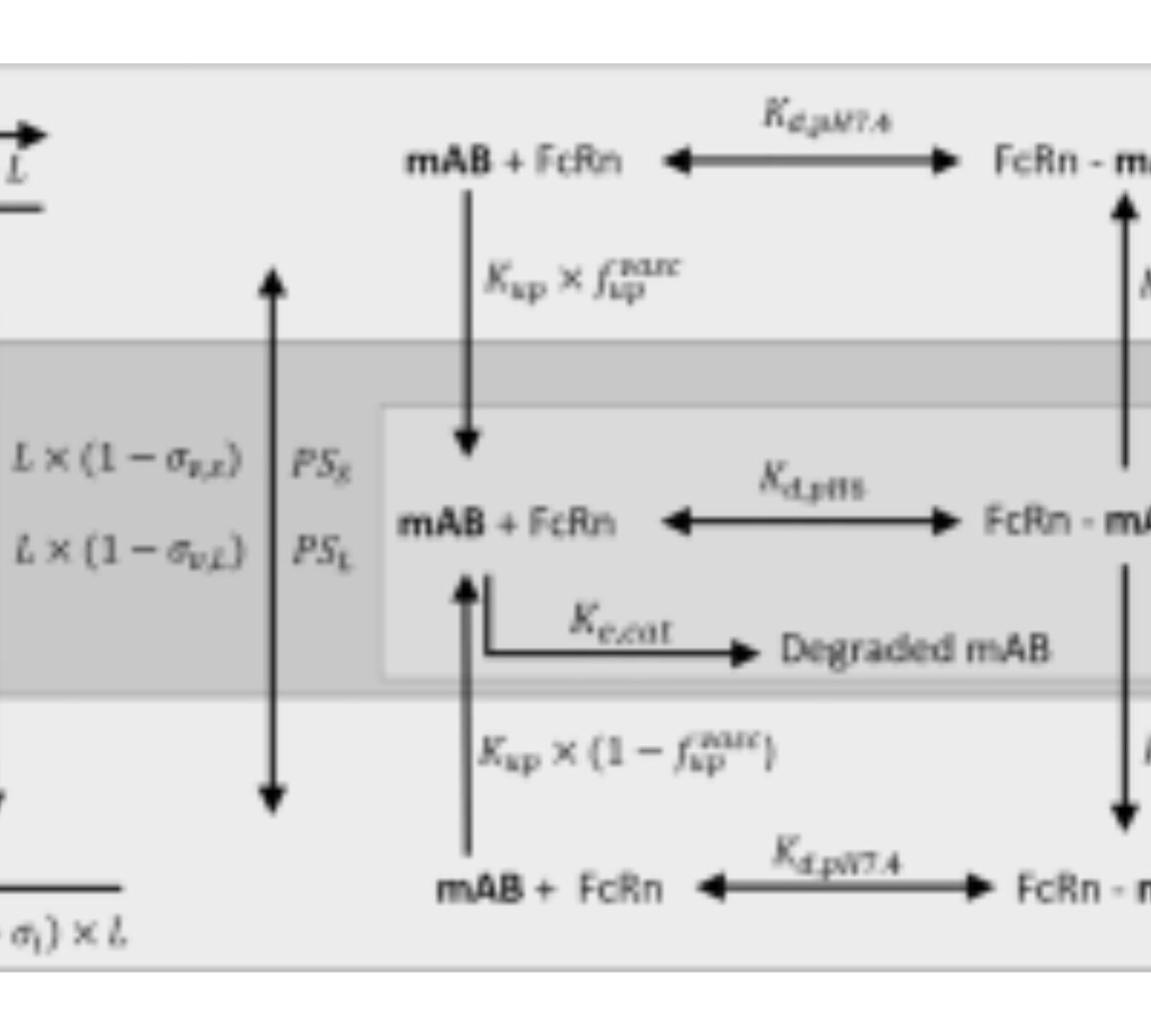Physiologically based pharmacokinetic (PBPK) models can be used to leverage physiological and in vitro data to predict monoclonal antibody (mAb) concentrations in serum and tissues.

PKanalix Platform Comparision
PKanalix® is a user-friendly and fast application for compartmental analysis (CA), non-compartmental analysis (NCA) and bioequivalence studies (BE)

Use of In silico Methodologies to Predict the Bioavailability of Oral Suspensions: A Regulatory Approach
Oral suspensions are heterogeneous disperse systems, and the particle size distribution, crystalline form of the dispersed solid, and composition of the formulation can be listed as parameters that control the drug dissolution rate and its bioavailability.
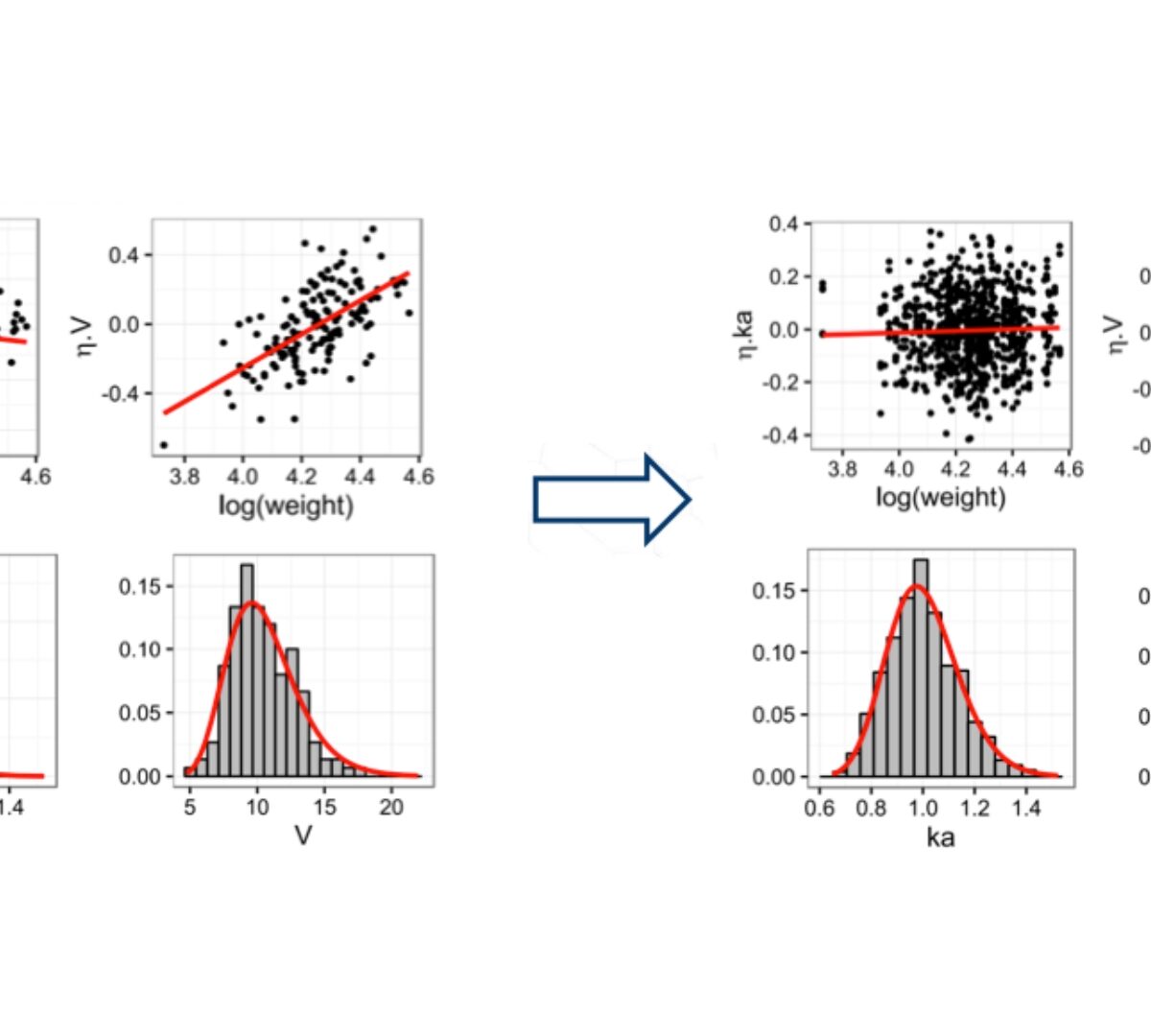
Automated covariate selection: SAMBA and COSSAC algorithms
COSSAC Conditional Sampling use for Stepwise Approach based on Correlation tests
SAMBA Stochastic Approximation for Model Building Algorithm
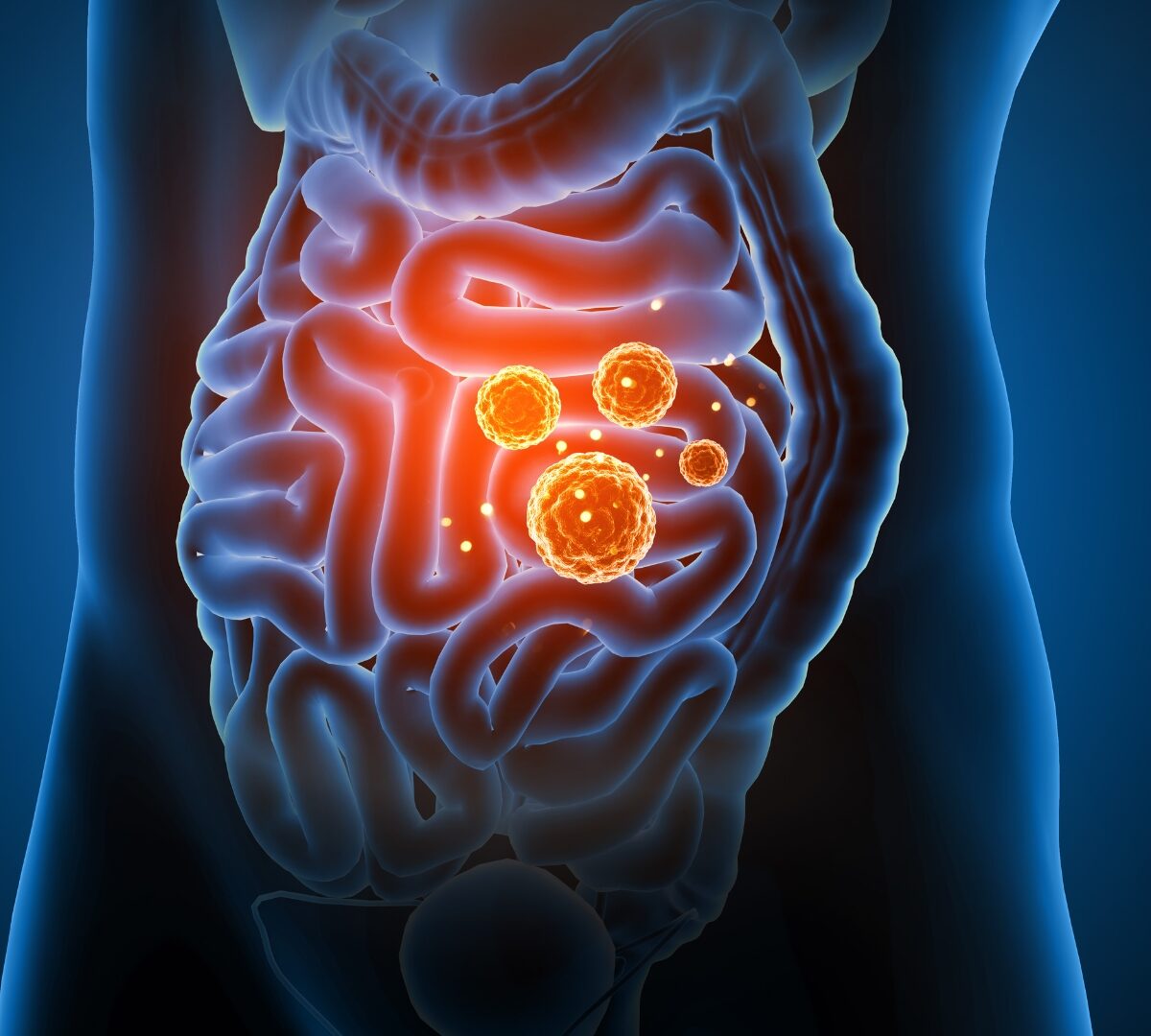
Voices in Molecular Pharmaceutics: Meet Dr. Bart Hens, A Sociable Scientist Focusing on Multidisciplinary Connections to Unravel the Gaps of Oral Drug Behavior in the Human Gastrointestinal Tract
Bart Hens (Pharm.D., Ph.D.) holds a Ph.D. degree in Pharmaceutical Sciences obtained from KU Leuven (Supervisor: Prof. Dr. Patrick Augustijns - Leuven, Belgium).
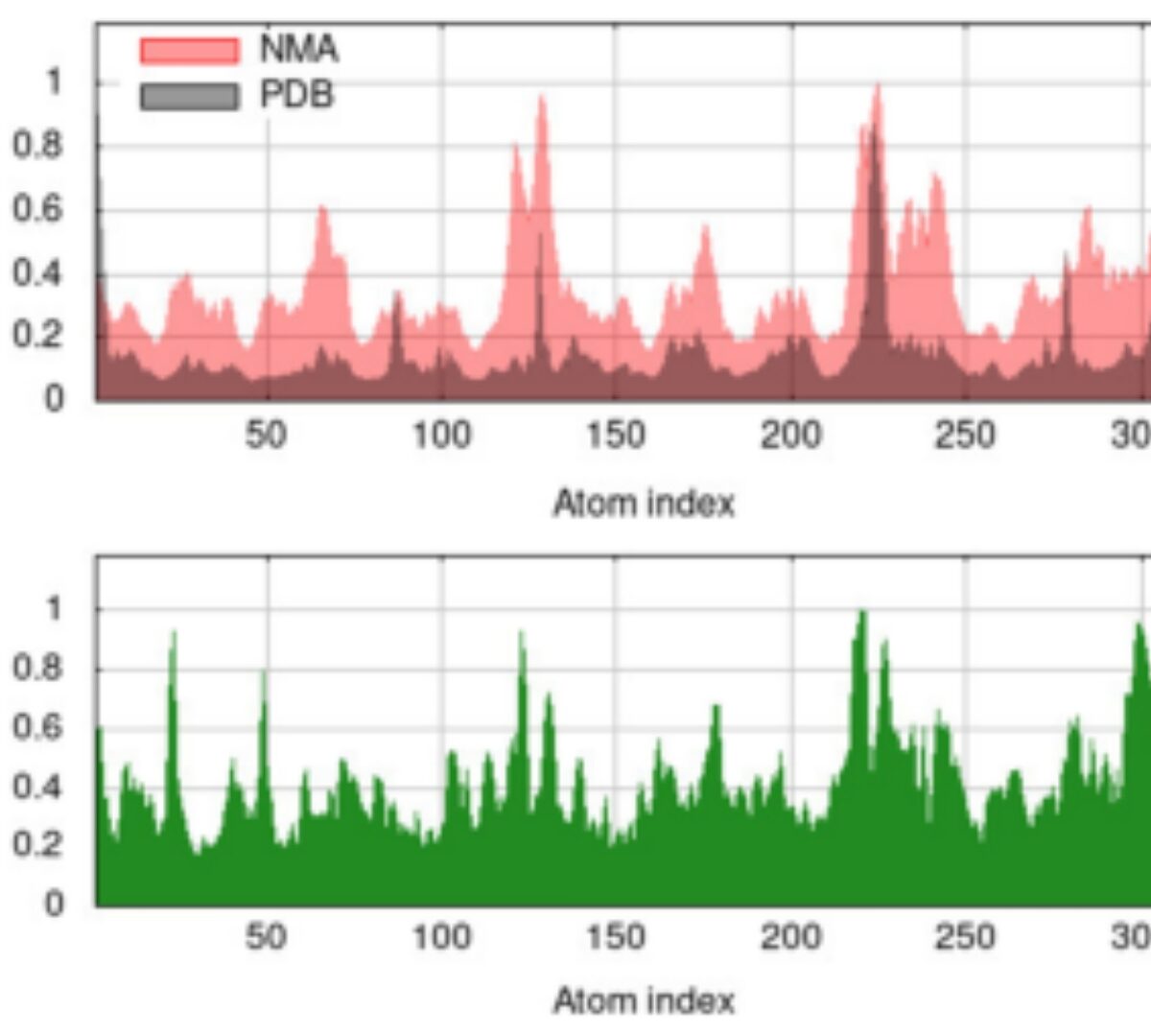
Repurposing of Strychnine as the Potential Inhibitors of Aldo–keto Reductase Family 1 Members B1 and B10: Computational Modeling and Pharmacokinetic Analysis
AKR1B1 and AKR1B10 are important members of aldo–keto reductase family which plays a significant role in cancer progression by modulating cellular metabolism.

ISoP New Board of Trustees Members Announced
Amparo de la Peña, Vice President of Pharmacometrics at Simulations Plus, will join Jeff Sachs, Pavan Vaddady and Hao Zhu as new board members for 2024.
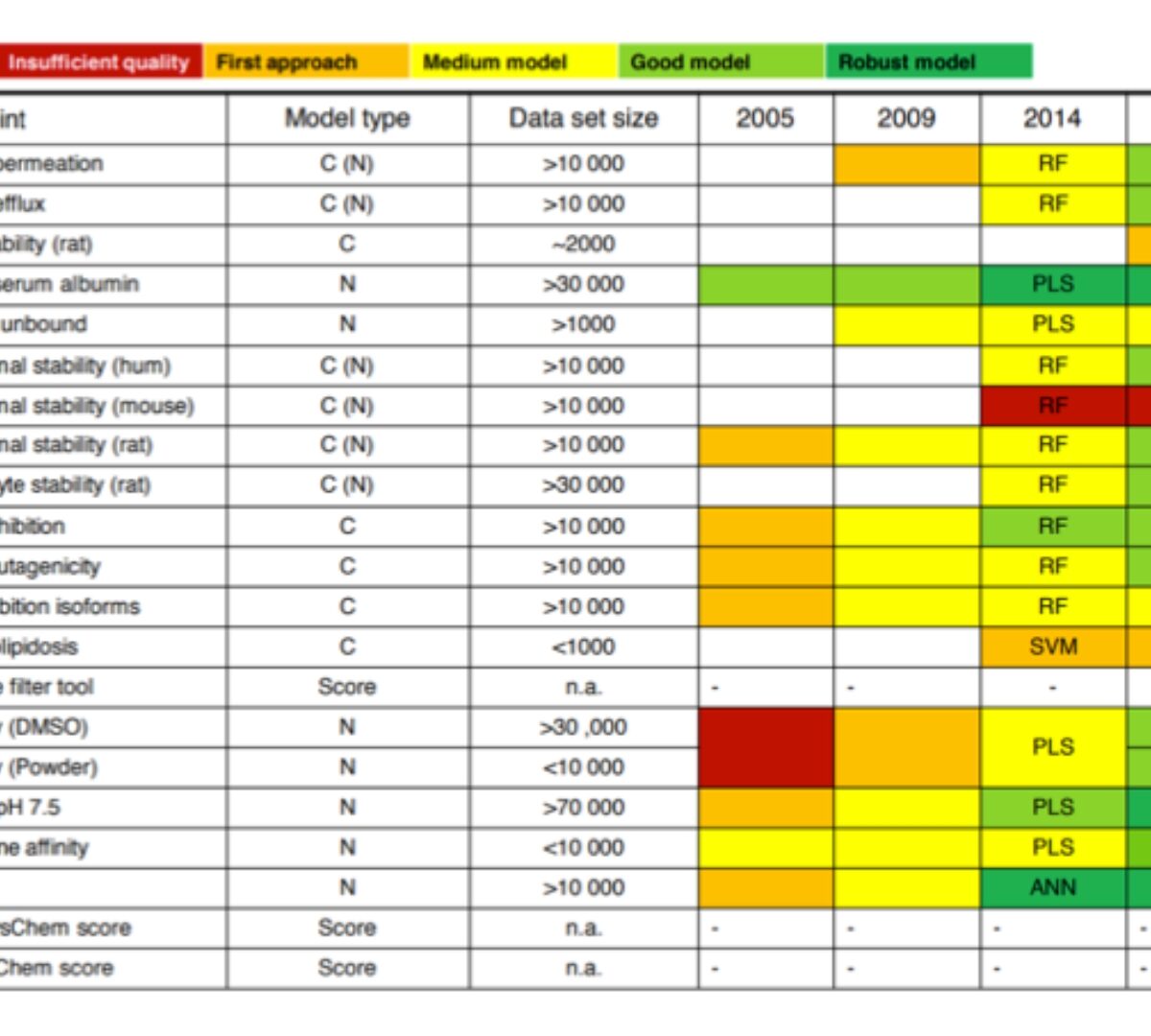
Contributed data, collaboration and experience with ionization models – Part 1. Bayer Pharmaceuticals
World‘s best in class pKa prediction tool
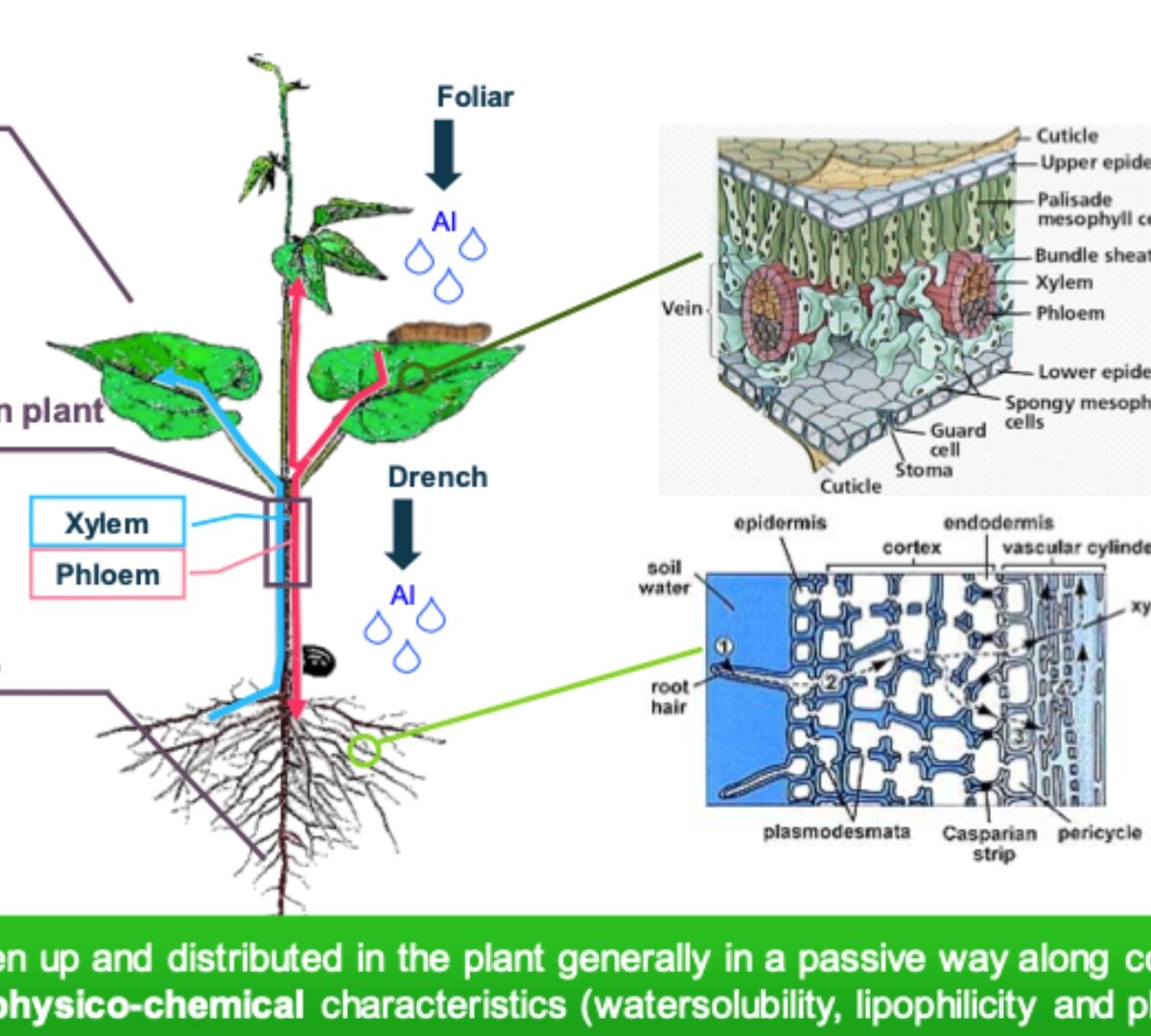
Utilizing pKa Values for Effective Crop Protection: On Systemicity and Efficacy of Molecules
pKa important factor in research screening cascade of molecules

November 2023 News/Events
Are your clinical trials showing potential liver toxicity?
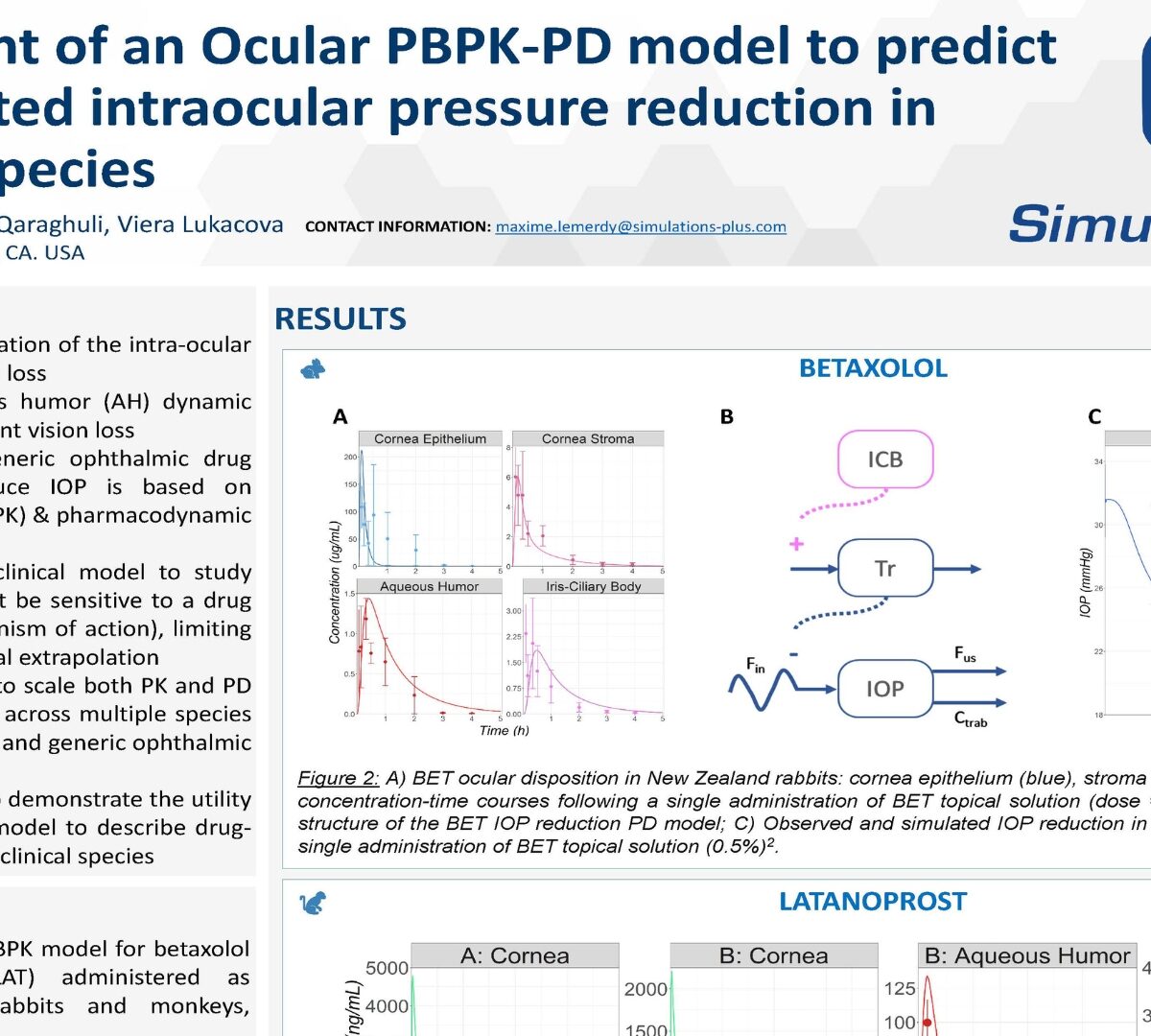
Development of an Ocular PBPK-PD model to predict drug-mediated intraocular pressure reduction in preclinical species
Glaucoma, caused by an elevation of the intra-ocular pressure (IOP), leads to vision loss

The Keys to Making Good Models from Chemical Structures
There are many different things that make a model "good."
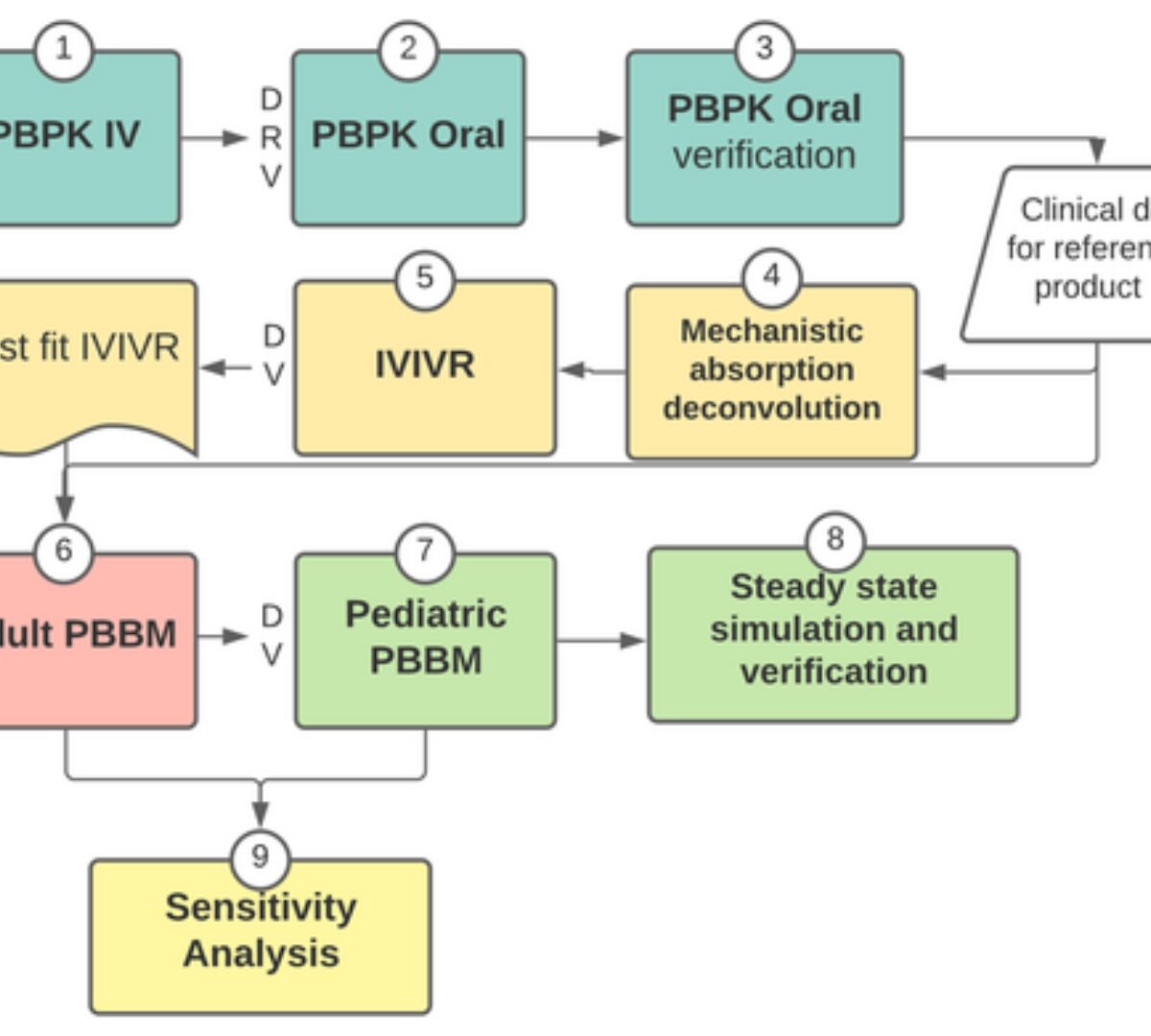
Adult and pediatric physiologically-based biopharmaceutics modeling to explain lamotrigine immediate release absorption process
Physiologically-based biopharmaceutics modeling (PBBM) has potential to accelerate the development of new drug and formulations.
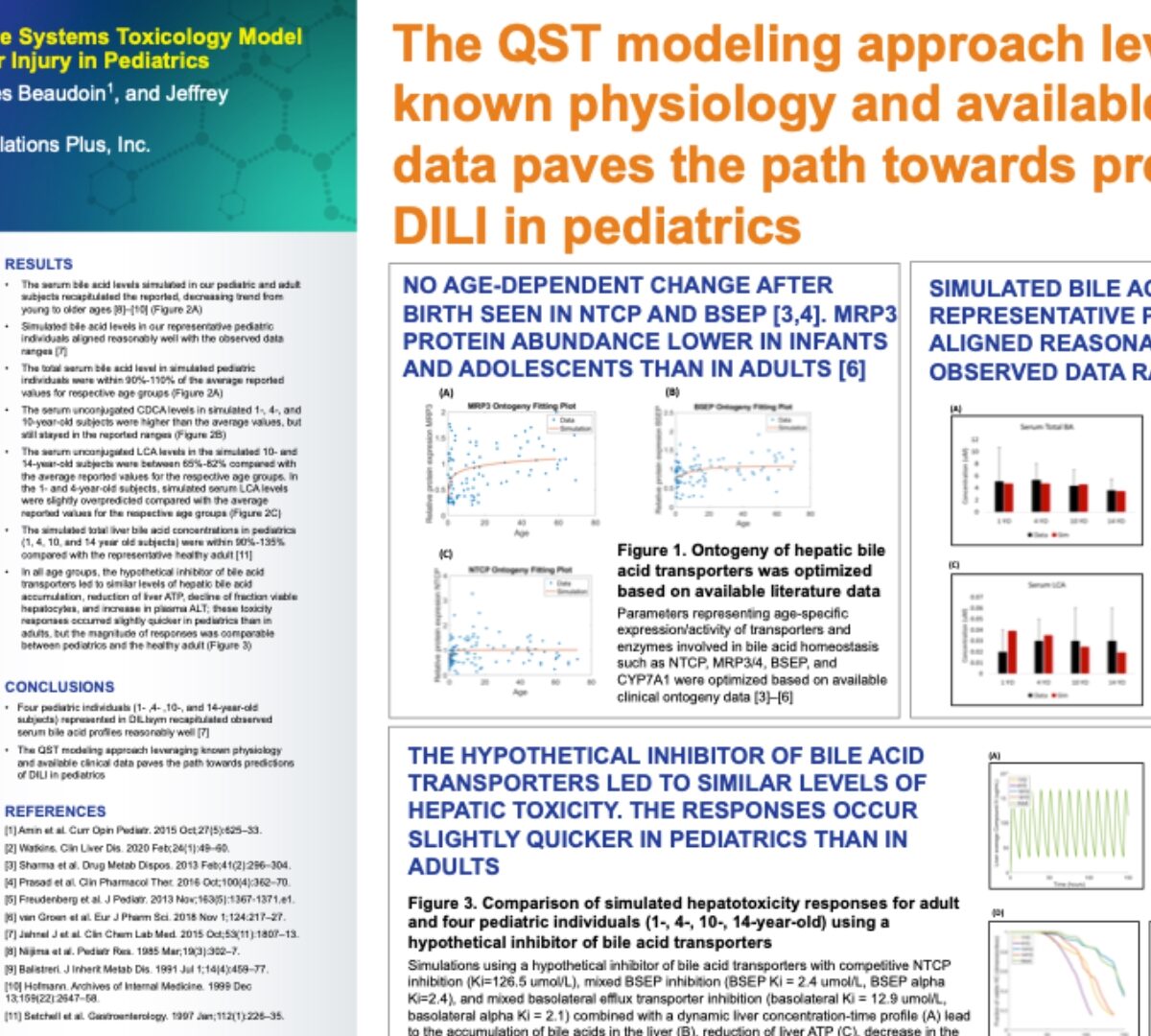
The QST modeling approach leveraging known physiology and available clinical data paves the path towards predictions of DILI in pediatrics
Drug-induced liver injury (DILI) is an underrecognized cause of pediatric liver disease which accounts for almost...
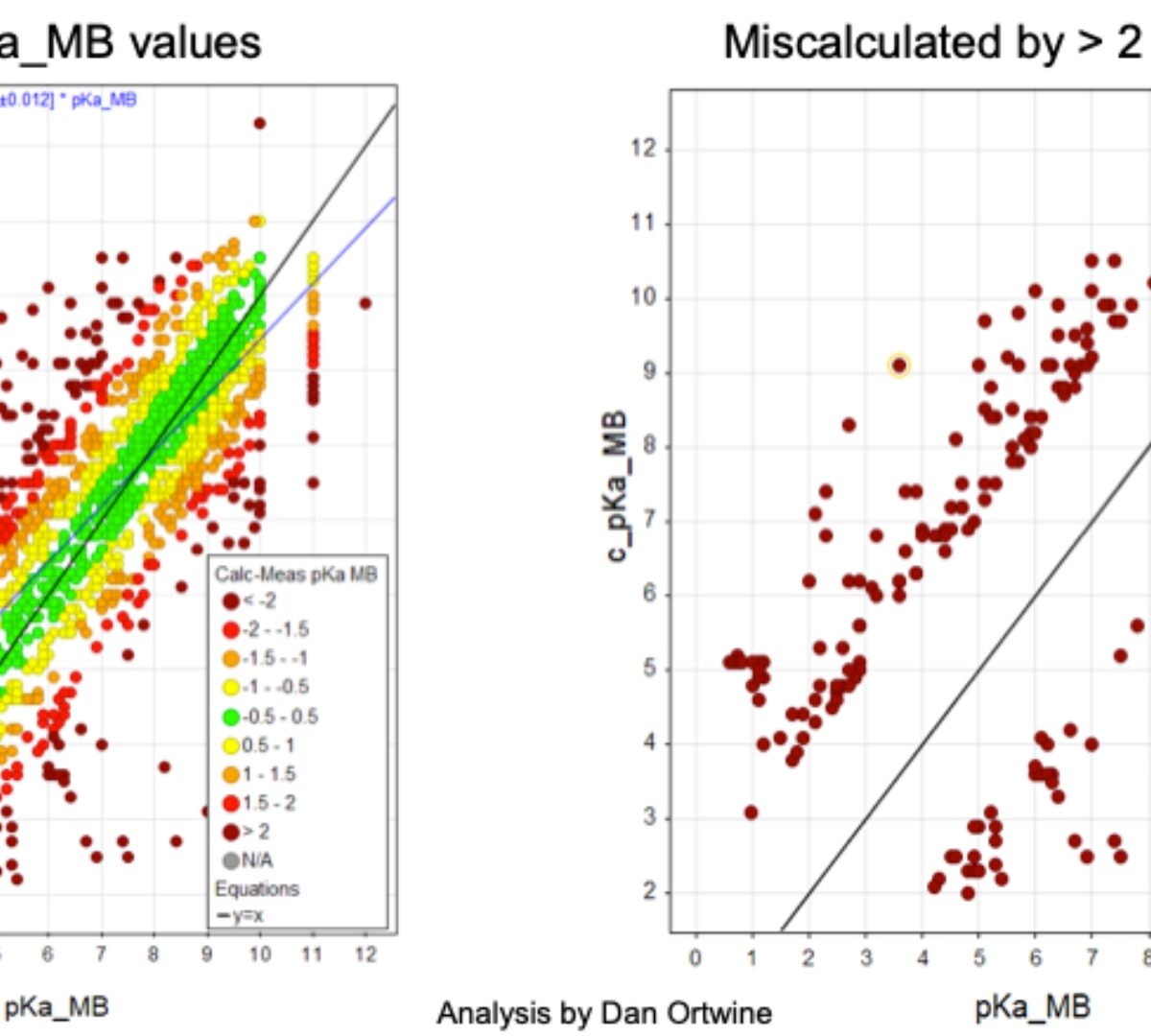
Improving pKa modelling through active collaborations
What needs to be completed for collaboration?
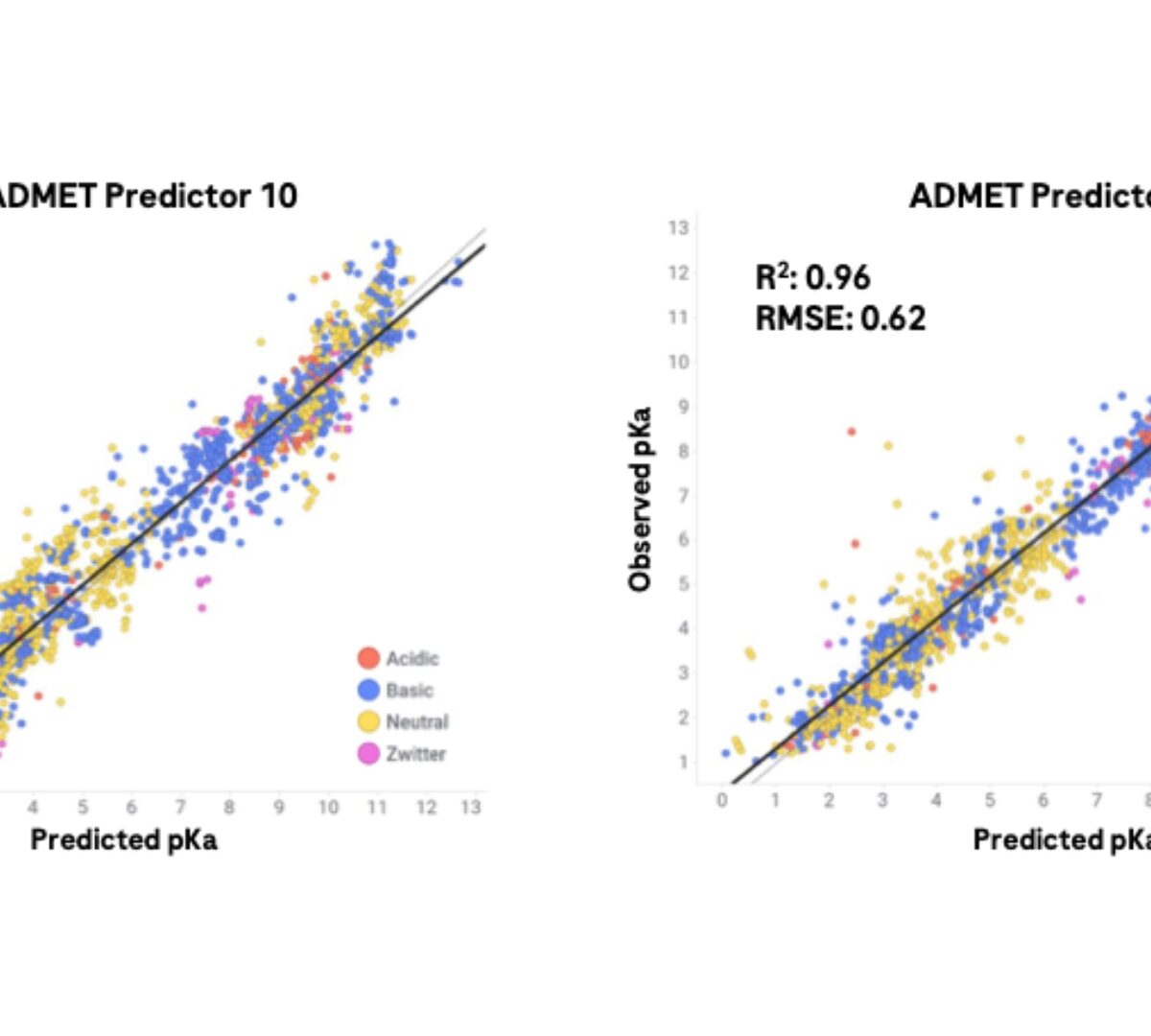
Impact of collaborative pKa modelling
Importance of pKa in Drug Discovery
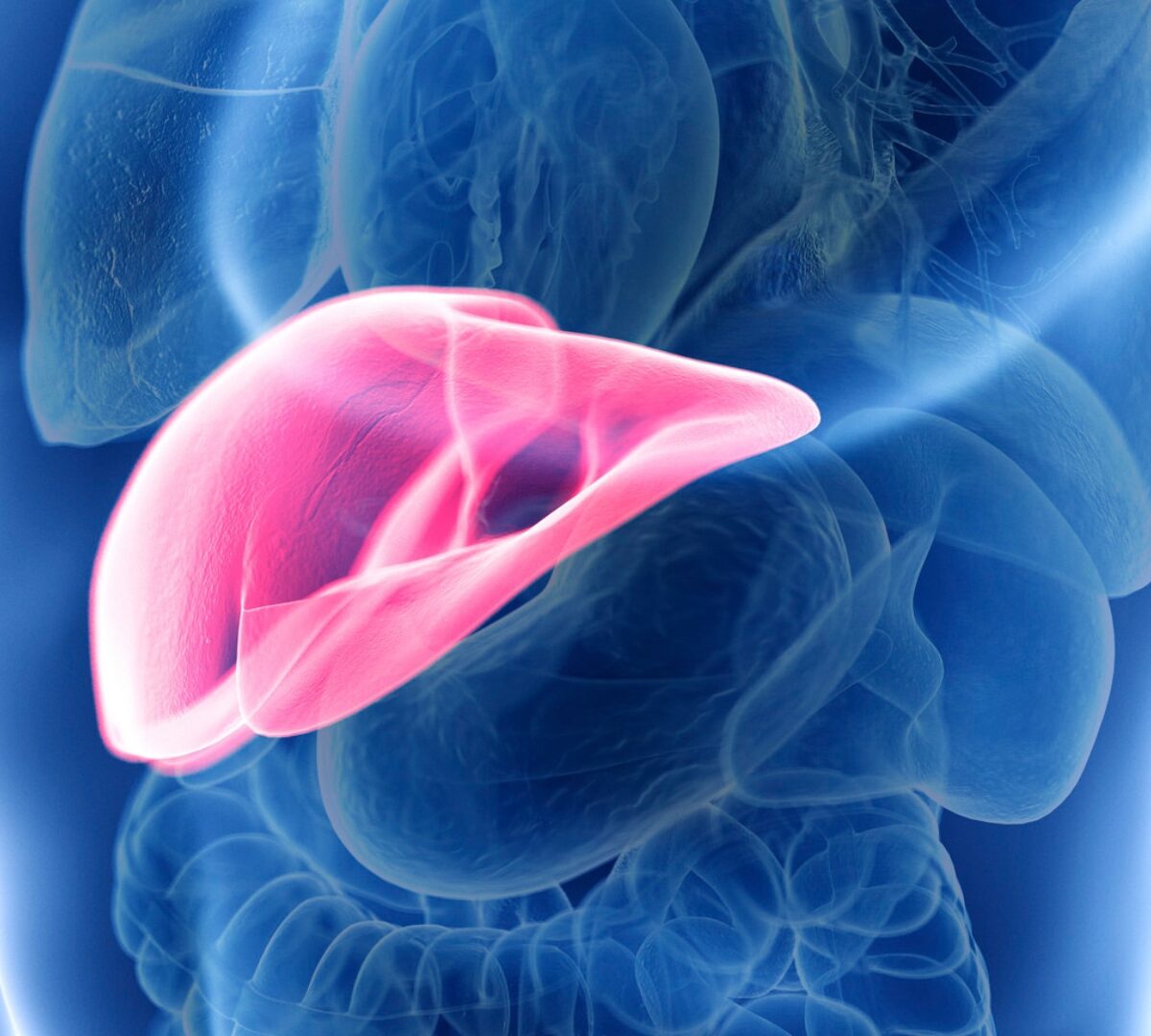
Quercetin-encapsulated magnetoliposomes: Fabrication, optimization, characterization, and antioxidant studies
Quercetin (QU) faces challenges in its therapeutic efficacy due to its hydrophobic nature and limited oral bioavailability.
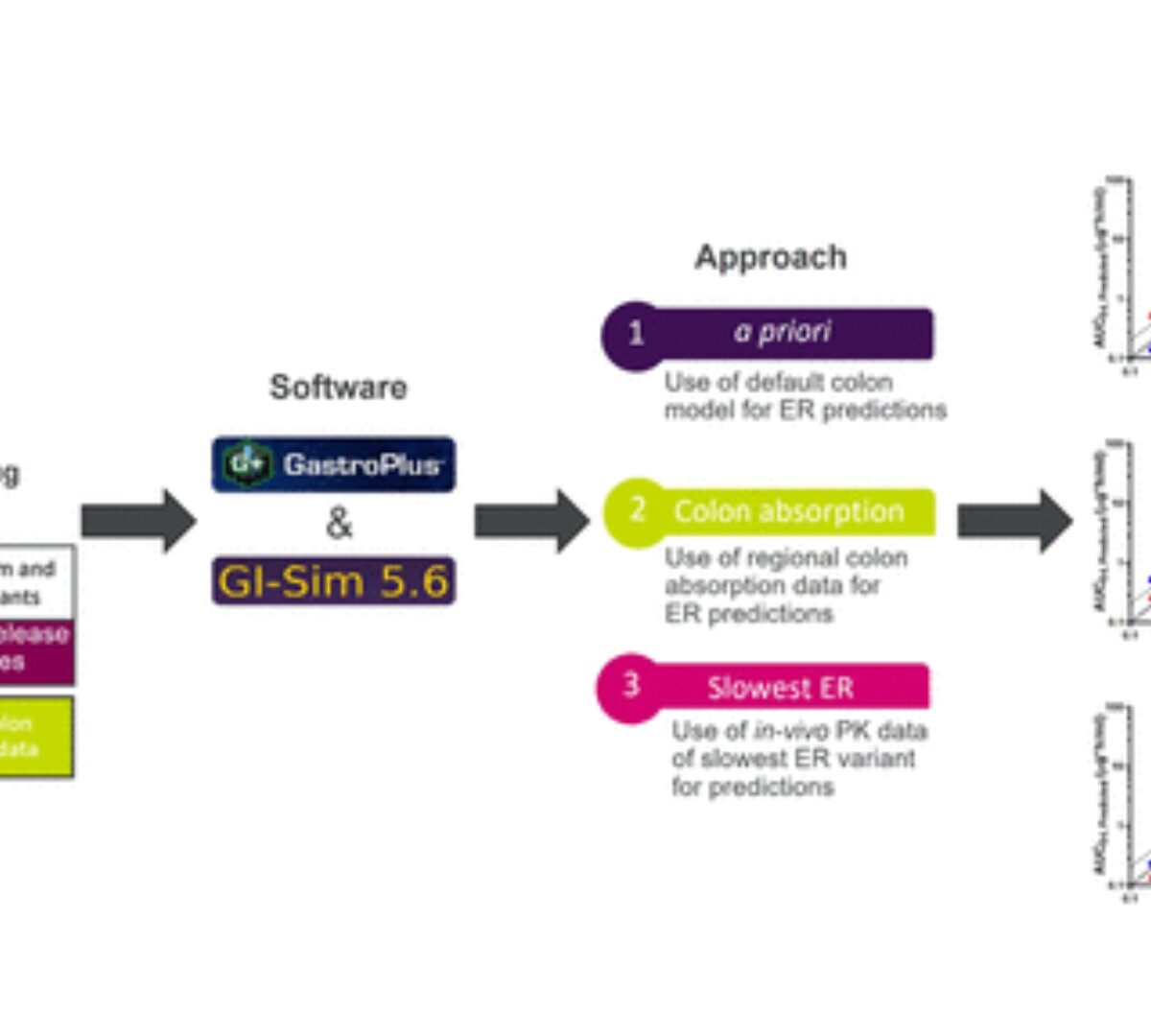
Approaches to Account for Colon Absorption in Physiologically Based Biopharmaceutics Modeling of Extended-Release Drug Products
The rate and extent of colon absorption are important determinants of the in vivo performance of extended-release (ER) drug products.

ADME characterization and PBK model development of 3 highly protein-bound UV filters through topical application
Estimating human exposure in the safety assessment of chemicals is crucial. Physiologically based kinetic (PBK) models which combine information on exposure, physiology...
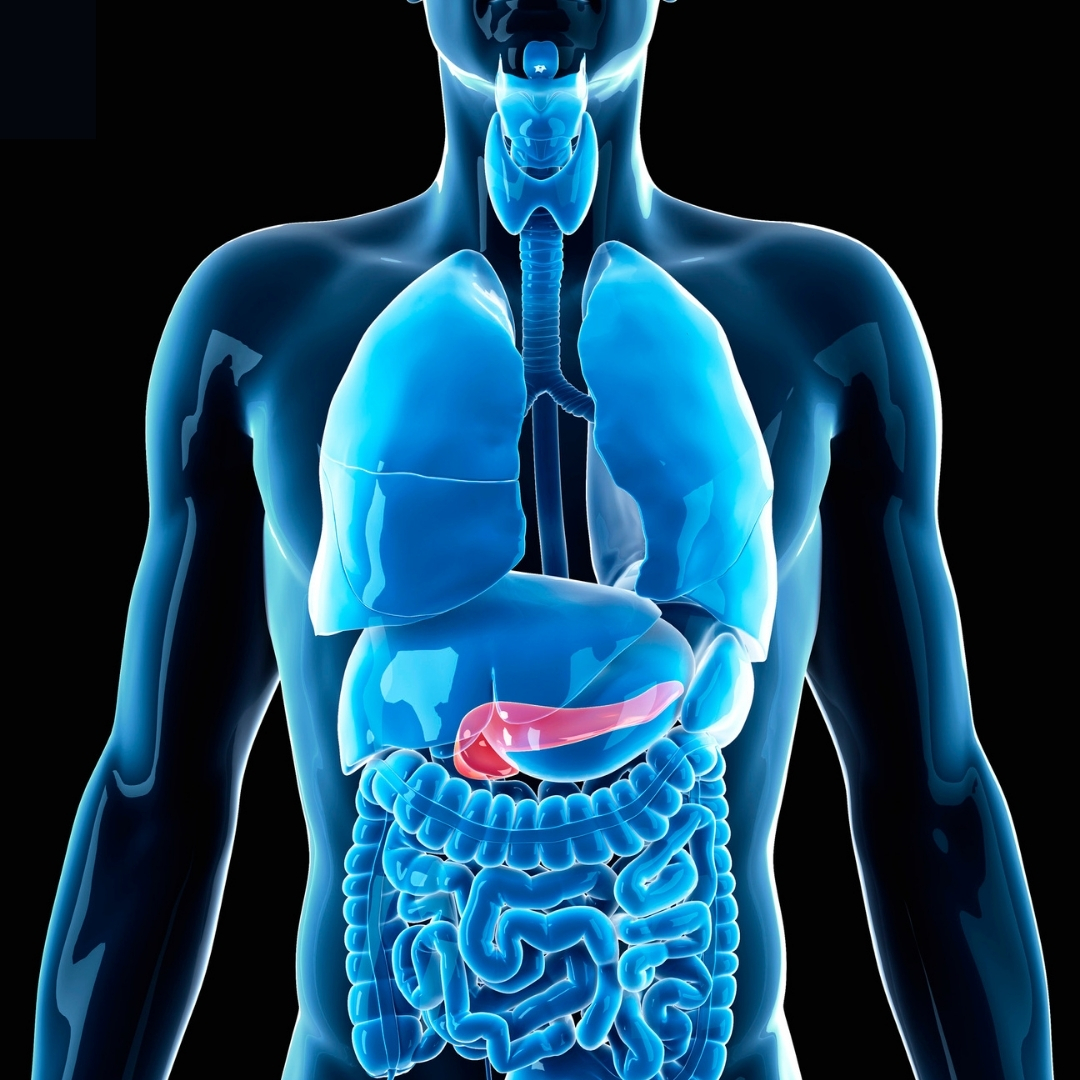
FIH Simulator Comparison
Fully power your first in human predictions.

